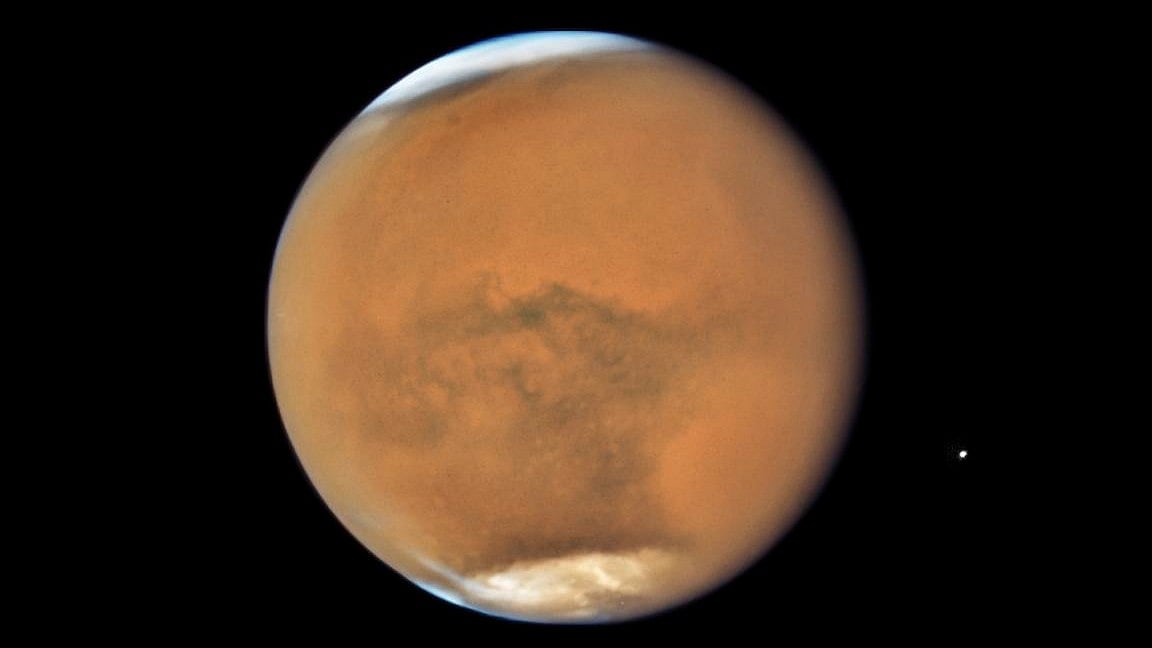...let us unite, not in spite of our differences, but through them. Let all human races keep their own personalities, and yet come together, not in a uniformity that is dead, but in a unity that is living.
-- Rabindranath Tagore
Some of my first favourite memories from a childhood filled with many delicious ones are of enjoying ‘Sabudhane ki Khichdi’ and ‘Makhana ki Kheer’ for lunch at our neighbour’s house on the occasion of Navratri. The sisterhood I felt with Hetal, Shah uncle and aunty’s daughter, made the act of breaking bread with them special. Of course, being a Bengali I would also be celebrating Durga Puja, and after a second lunch of khichuri bhog, would go pandal-hopping with my family in the evenings and gorge on chicken rolls, fish fries, mughlai porothas and veg chops. The years may have passed – I haven’t. Now, under the shadow of the virus, I’m prepared to call all my friends to wish them well for Ugadi, Gudi Padwa and Jhulelal Jayanti, and demand they Dunzo some delicious homemade delicacies to me. Starting the next day, I may, health permitting, keep the Rozah to justify my Bohri Mohalla jaunts as well.
United We Stand...and will continue to
India truly is a nation that has unitedly celebrated its cultural diversity. There are festivals galore and communities join hands to celebrate them all. We’ve numerous examples of people crossing over the so-called human-made boundaries of community during these times of joy to be shining examples of religious harmony. Take, for example, Kolkata’s Alimuddin Street where Muslim youngsters have revived the Durga Puja or the Kidderpore docks, where the Puja is organised almost entirely by the Five Star Club’s Muslim members. Or when, in 2019, the people of a village in Hubli district celebrated Ganesh Chaturthi and observed Muharram under the awnings of the same pandal. The two communities even offered prayers under the same roof. Or take the instance of the Nathowal village near Ludhiana, Punjab that saw people from the Sikh and Hindu communities help repair an old mosque.

Festivals have always been the great social levellers of this land. They don’t see the colour of a person’s skin or their attire; as long as the spirit is right, it hugs and accepts us all, with all of this only ending up strengthening our personal bonds as well as the social fabric. When we throw colour on our neighbours during Holi, the thought hardly occurs to us to ask them what religion or caste they belong to—I only ask permission to smear them with gulal. And as per Kabir’s advice of “Jaati na pucho Saadhu ki”, neither do we enquire after people at the dandhiya grounds during Navratri or the midnight masses on Christmas Eve.
What is History: Stories of benevolent rulers
According to history books and tales told by my granny, it was commonplace for humane Hindu Rajahs to build mosques for their Muslim country-people and they paid due respect to holy people of all communities and religions as well. Same was the case with benevolent Muslim kings; they gave grants to build temples for the Hindu milieu, and did what any caring ruler would do. For us as children, it was the heart and the actions of the ruler that mattered in the stories – everything else including their religious backgrounds paled in comparison.
This sense of unity and religious harmony is even more essential today, when there are a rising number of incidents of hate crimes, communal politics and rhetoric aimed at creating disharmony. These events are aimed to incite such tensions and, while in a balanced state of mind it’s easy to see through the ruse, in the heat of the moment and with a milling crowd around you, it becomes extremely effortless to indulge in acts of anarchy that mock our souls soon after.

Bollywood: The great unifier
Movies, they say, hold up a mirror to society, but they can be so much more. Cinema and artists have the power to be knives that cut through the polluted atmosphere of hate and toxicity. At the same time, movies can impact our lives and be inspirational by highlighting the best of humanity. And that is what my perennial favourite movie Manmohan Desai’s ‘Amar Akbar Anthony’ or Salman Khan-starrer ‘Bajranji Bhaijaan’, Rishi Kapoor’s ‘Mulk’ or even Sushant Singh Rajput’s ‘Kedarnath’ have managed. These Bollywood films have strong messages of communal harmony and show us what we are capable of as humans, only if we set our hearts to it.
Interestingly though, not just in reel, but in reality too Bollywood stars are great ambassadors of communal harmony as these role models celebrate Ganesh Chathurthi, Holi, Eid and other festivals irrespective of their faith. The sight of Salman Khan carrying his Ganpati Bappa for visarjan is a great visual enforcer of this sense of camaraderie and unity.
Ultimately, it would do us good to remember what his Holiness the Dalai Lama had once said, “India is a model for religious harmony. In the last 2000-3000 years, different religious traditions, such as Jainism, Islam, Sikhism, and others, have flourished here.” And they are still going strong. Much like my penchant for festivals or occasions that celebrate plentiful lights—be it Kolkata’s Park Street lit up as an elongated Christmas tree around Xmas time, or the kothis of Delhi shining bright with their showy beetle-lights from the ceiling to the floor and diyas on the walls and ledges, Banaras ki Ganga with its floating deep-anjalis after every Sandhya aarti or my favourite Haji Ali dargah lit up like a sparkling diamond in the middle of the waves...which cut through the darkness to spread light.











